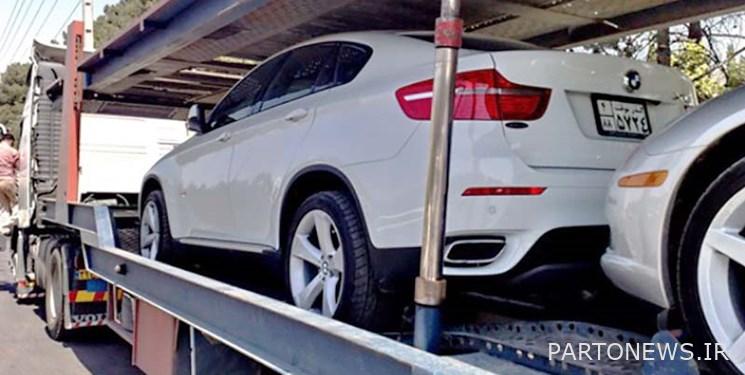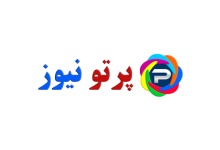Challenges of car import in the plan of organizing the automobile industry

According to the economic correspondent of Fars News Agency, the plan to organize the automobile industry was approved for the first time in June 2017 in the 10th parliament. The Guardian Council rejected this plan in June 2016 due to its inconsistency with paragraphs “8” and “9” of the general policies of the resistance economy, as well as paragraph “7” of the general policies of national production, protection of Iranian labor and capital, with Article 110.
Recently, this plan was approved again to address the objections raised by the Guardian Council and members of parliament by amending Article 4.
Regarding the approval of the plan to organize the automotive industry in the Islamic Consultative Assembly and the challenges in it, the Amirkabir Policy Institute has made some points in this regard, which you can read below:
The plan generally allows two routes for car imports, so that any natural or legal person can, firstly, be equivalent to the amount of exports of cars, parts and services related to various propulsion industries, and secondly, through imports without transferring currency to Car import action. In this regard, it is necessary to pay attention to the following points:
1) It should be noted that the Central Bank, as the custodian of the currency issue in the country, is not able to identify and track the source of currency outside the Nima system. This makes it impossible for the central bank to distinguish between foreign sources of domestic origin and foreign sources of foreign origin. In this case, car importers can import cars by removing foreign exchange resources (informal markets) from the country and without allocating currency from the Nima system.
On the one hand, this will reduce the central bank’s control over the ways of financing car importers, and on the other hand, it will reduce the motivation of exporters to supply foreign currency in the Nima system due to the existence of a more informal and attractive market. Currency in Nima system, while reducing the depth of the market, the price of currency will increase.
2) Considering that in this plan it is mentioned that no new foreign currency obligation should be created and according to the letter 174612/00 dated 22 September of this year, the Governor of the Central Bank addressed to the Speaker of the Islamic Consultative Assembly, the implementation of Article 4 of this plan, while disrupting Currency balance, by taking out the currency from the export of cars and parts from the country, disrupts the process of providing currency for medicine, vaccine coronavirus And the goods will be basic.
Last year, $ 118.5 million in foreign exchange from car and parts exports covered part of the country’s foreign exchange needs. While the liberalization of car imports in exchange for exports will cause that the currencies obtained from this sector will not be used for the necessary purposes and a new foreign exchange need will be created for the country.
3) In a situation where even the import of basic goods and raw materials needed by industries, despite the urgent need of the country for these goods can not benefit from the possibility of import without currency transfer, the criteria, criteria and reasons for granting these facilities to car imports are not clear. It should also be noted that this could in the future cause importers of other commodity groups to apply for these facilities, which due to the lack of transparency in the criteria of these facilities, the parliament will be forced to declare it open to others.
4) In this plan, in addition to car exports, the export of car parts or other goods or services related to various propulsion industries is mentioned. Although the export and import of automobiles in the form of complete CBU body parts can be traced, the export of automotive parts can face the problem of re-importing the exported goods, so that the exporters of parts, only for the purpose of obtaining a license to import automobiles without transferring currency to the country. Take the formal form of their goods out of the country and then re-import them into the country. Therefore, since it is not possible to accurately track and identify export items, this issue causes exporters to do so in order to make more profit, despite the ban on re-importing export goods in Note 4 of this decree.
5) The phrase “other goods or services related to various types of propulsion industries” is ambiguous and can lead to different interpretations at the time of implementation of this plan. Also, the subjects of this paragraph are not precisely specified and it is not easily possible for the relevant institutions to identify the items in question.
6) According to the table below, examining the trend of changes in the export value of cars and parts in recent years, the export of this sector has averaged about $ 130 million, and even if this plan is implemented optimistically assuming a 20% increase in the value of exports of cars and parts, export value to about It will reach $ 155 million.

In addition, according to the information in the table above, the average value of imported cars during the years 1393 to 1396 (car imports have been banned since 1997) was about 25 thousand dollars, so the maximum number of cars with export currency Cars and parts can be imported into the country, about 6 to 7 thousand cars.
This is while during the last three years, on average, about 3000 units of imported cars stored in the country’s customs have been cleared and imported into the country annually, so the imported cars, if allowed to be imported in exchange for export, are practically compared to Imports in the years before the car import ban (97 years ago) are small and will not be able to have much effect on the price of cars in the domestic market.
Suggestions and summaries
In view of the above, the amendment to Article 4 of the plan to reorganize the automobile industry, which was passed by the parliament after 2 years, has serious challenges and ambiguities, and in addition to destructive effects on the country’s currency system, has little effect on market and automotive industry inflammation. In Iran. Therefore, while trying to expand economic diplomacy, it is necessary that instead of addressing such plans, which are not in the priority of reforming the country’s automobile industry, the basic issues of this industry, which has caused its long-term backwardness, become the agenda of parliament and government. Be that as important Most They can be Items He mentioned the following:
Modification of car pricing system
Reforming the stock structure and the relationship between the government and car companies
Develop a clear long-term strategy and create an industrial policy system based on it in order to improve circulation, quality, exports
The above issues were on the agenda of the parliament last year in the plan to transform the light car market and industry, and it is necessary to follow up again by making reforms.
end of Message / b
.

